The Ultimate Beverage Fridge Buying Guide
No matter what you enjoy to drink—beer, wine, soda—a beverage fridge guarantees you always have your favorite can (or bottle) in hand.
PUBLISHED: NOV-15-2019
No matter what you enjoy to drink—beer, wine, soda—a beverage fridge guarantees you always have your favorite can (or bottle) in hand. It is also practical. A beverage fridge makes hosting a party easier, frees up precious storage space in your main fridge, and makes a statement in your home. Plus, the temperature and storage of each beverage matters. The right degree brings out the full flavor of each drink, while correct storage keeps tastes intact.
But before you invest in a beverage fridge, there are important factors you must consider. We put together this buying guide to help you navigate all the options on the market and make the best purchasing decision for you and your space. We provide expert information on all the essential features you need to look out for and even offer a gallery of inspirational images to show you how a beverage fridge can fit into your lifestyle.
Browse Beverage Fridges
Why do you need a beverage fridge?
Whether you are an avid beer drinker or a passionate wine connoisseur, a beverage fridge is designed to meet all your storage needs. Beverage fridges have wide ranging thermostats to accommodate any serving temperature and have spacious designs to hold cans and bottles.
And while mini fridges seem like the better cost alternative to beverage coolers, they don’t offer the same flexibility or features that most beverage fridges have to offer. You are also more likely to outgrow the limited capacity of a mini fridge. A beverage fridge gives you room to add to your collection as your tastes and preferences change, making it the better long-term investment.
How to Choose a Beverage Fridge: Important Features
There are several factors and features to consider when it comes to choosing the right beverage fridge for your home, office, or grilling station. Before you shop for a beverage cooler, take some time to decide exactly what you want out of each of the following categories.
Capacity
There are several different fridge sizes on the market, each one with its own storage capacity. The answer to these following questions will help you determine which size beverage fridge you should buy: What do you like to drink? What do your family members like to drink? How large is your collection and do you want to add to it overtime? In short, consider your current collection and anticipate your needs for the future—from there, you will figure out the right fit. Also, be sure to check the box or product description. Nearly all beverage fridges list their can and bottle capacities clearly on these locations.
Location
Noise isn’t the only factor to consider when deciding on where to put your fridge. The location of your fridge will determine the model you should go with. Will it live under your kitchen counter or as a part of your backyard grilling station? Will it blend in with the rest of your dining room or move around the communal office space? There are 4 types of beverage fridges to consider when thinking about location:
Freestanding Models
Designed to stand alone, whether on a countertop or on the floor. Compressor coils are on the back of the unit, which creates a clean look and maximizes storage space inside the fridge. Rear coils must maintain adequate air flow, so you'll typically need to keep several inches of free space behind and around a freestanding beverage cooler.
Built-in Models
Designed to slide snugly in between kitchen cabinets. These need to be specially designed with coils and an exhaust grate on the bottom, where air can easily escape from the front of the unit.
Indoor Models
Designed to blend in with your home décor and are meant for climate-controlled environments. Most models come with premium stainless steel to add a level of sophistication to your home. But there are also custom designs to help create a fun environment for when you are entertaining others.
Outdoor Models
Designed to withstand heat, wind, snow, and rain. The first thing you want to figure out with an outdoor fridge is its food grade. Most outdoor fridges are made from 304 stainless steel grade, which is what makes it durable enough to standup to harsh weather conditions. The high chromium content of 18-20% also makes 304 grades resistant to rust and cohesion.
If you are forecasting a full kitchen remodel or simply want the flexibility to place your fridge in any place, keep in mind that there are models that are both freestanding and built-in. Once you determine what your location needs are, you will be able to find a model to match.
Temperature
When it comes to proper storage and taste preservation, temperature plays a key role in protecting your collection. Take special consideration of the temperature range of a beverage fridge. The wider the range on the fridge, the more types of drinks it can accommodate. When shopping for a cooler, keep in mind the optimal serving temperatures of these popular beverage categories:
- Beers: The serving temperature for all beers fall in between the 35- and 60-degree range, but a quick rule of thumb is to keep dark and strong beers on the warm side and light and weak beers on the cold side.
- Red Wines: Traditionally, red wines are served at room temperature. Today's houses are kept much warmer than they were in the past, so this really means somewhere between 60 and 65 degrees.
- White Wines: White wines typically taste better chilled, but not so cold that you can't distinguish the delicate flavors. These should be served between 50 and 60 degrees.
- Sparkling Wines: Carbonated drinks are at their best when served as cold as possible. For Champagne and other sparklers, 40 degrees will do nicely.
Some beverage fridges come with dual temperature zones to make it even easier to properly house your entire line of beverages. But regardless of whether you go with a single zone or two, a beverage fridge will give you complete control over the cooling of your collection.
Shelving
By design, beverage coolers are meant to accommodate for cans and bottles. But there are a few shelving options—each one with its own set of benefits—to consider:
Smooth rolling wooden shelves
Designed to hold any beverage, but are best kept reserved for wine. These shelves cradle bottles on their sides, which keeps the corks moist during storage. The smooth rolling feature keeps the wine as still as possible to protect the flavor.
Adjustable metal racks
Give you full control of your cooler and can hold nearly any combination of drinks. Adjust the space between racks to accommodate cans and bottles of all sizes. Plus, the durable metal material is strong enough to support a fridge at full capacity.
SplitShelf™ design
This convenient shelving configuration allows you to maximize the space in your cooler. Double stack standard-sized cans on the half-shelf and then place taller bottler or cans in the front of them. You can mix and match the contents of your fridge and make sure each beverage is stored correctly.
Noise
Where you plan on storing your fridge has a huge impact on how loud you want your fridge to be. If you plan on keeping it in a common space, like your office or living room, you will want a fridge that won’t disrupt your workflow or interfere with your TV. If noise is important to you, pay attention to the decibel level of your fridge. For reference, a whisper is about 30 decibels.
Energy Usage
When adding another appliance to your home, it’s important to know the cost it takes to run it. There are certain steps you can take post purchase to determine the energy usage of an appliance, but you’ll want consider these 3 efficiency features in a fridge first:
- Compressor Systems: Most refrigerators operate with a compressor. Compressor systems cycle on and off to keep a fridge interior at a maintained temperature. This way of cooling is more energy efficient and cost effective since it isn’t constantly drawing power to keep things cool.
- LED Light: Good interior lighting helps you read beverage labels quickly. Most fridges use low-temperature LED lights, which are most efficient option. Just beware of hot blubs that make it harder to keep your cooler cold inside.
- Double-Pane Glass or Solid Stainless-Steel Door: Both double-pane glass and solid stainless-steel doors provide outstanding insulation to keep all the cold air inside. The decision ultimately relies on which look you like most.
Some fridges on the market come with Thermoelectric systems, but California recently determined this type of cooling doesn’t meet appliance efficiency regulations. Any one of these features will minimize the impact on your electric bill but pay special attention to the type of cooling system a fridge uses.
Additional Features
Once you have decided on the essentials of your beverage cooler, it's time to think about special features. These are all the safety, convenience and style attributes that turn a basic fridge into something truly outstanding. Here are some of the most useful features to add to your list:
- Appearance: There's no more popular look for kitchens and home bars than stainless steel, so don't settle for less if you crave a high-end look in your home. Black finishes also blend well in many design schemes and are always a classic. There are also custom cooler designs that made a bold statement at any party or in any mancave.
- Security Lock and Key: If you live with small children or share an open office space, a fridge with a lock and key will keep adult beverages out of the wrong hands and give you piece of mind. It's also a great feature for serious wine lovers with a very valuable collection.
- Reversible Doors: Details matter, so make sure a single-door beverage cooler has a reversible door to install the handle on either the left or right side. This will allow you to save space and make sure your unit functions exactly as it should within your space.
Cost
It’s time to talk cost: the number one factor—mostly likely—driving your purchasing decision. What can really drive up the price of your cooler are premium finishes and unique features: dual zone and smooth rolling shelves being two examples. If you want a more budget-friendly option, stick with the basics. All the features discussed in this buying guide will help you narrow your choices and help you find the right combination of features for you and your wallet.
Your Beverage Cooler Buying Checklist
Can and Bottle Capacity
Sufficient enough to hold your collection and allow it to grow or change over time
Temperature Range
Appropriate to chilling all your favorite kinds of beverages at the ideal serving temperature
Indoor, Outdoor, Freestanding or Built-In Design
For the ability to place your fridge exactly where you want it
Security Lock and Key
For peace of mind.
Double-Pane Glass
Or a well-insulated solid door to keep cool air in.
LED Lighting
To save energy and illuminate your labels.
Versatile Shelves
That allow cans and bottles to be stored properly for long-term keepability.
Durable, Stylish Design
That blends with your decor and will stand the test of time.
Outstanding Customer Service
To get answers to questions and prompt problem-solving for the lifetime of your appliance.
Free Shipping
Tto keep your total cost to a minimum.


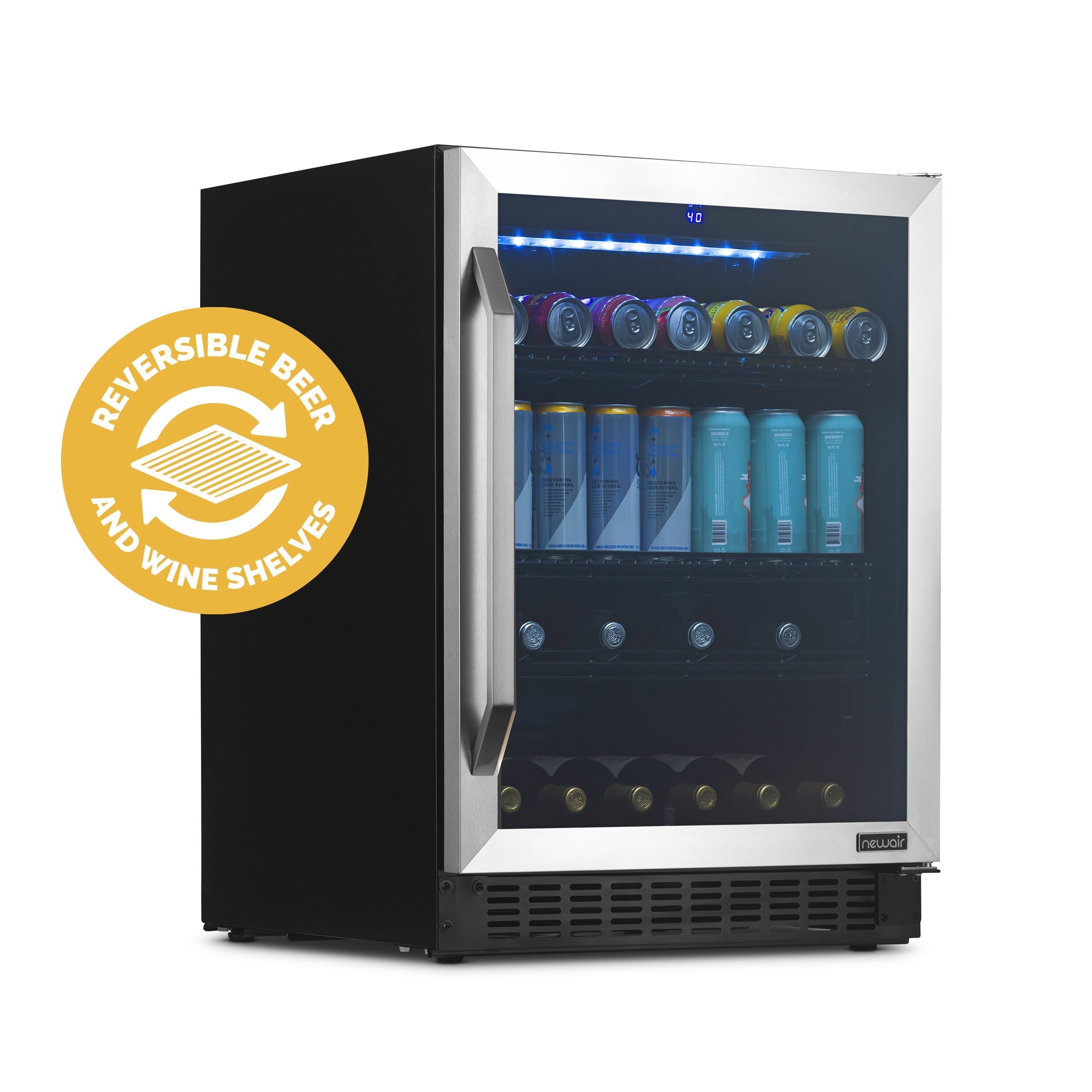
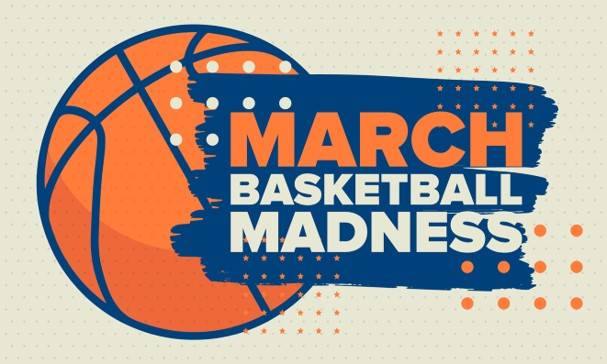
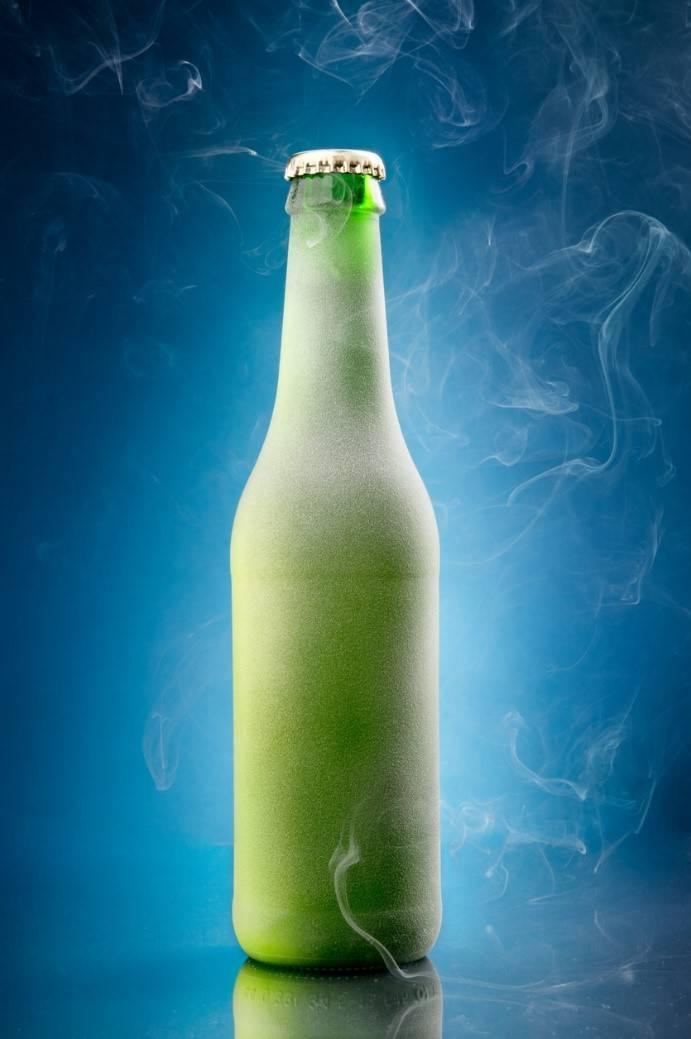
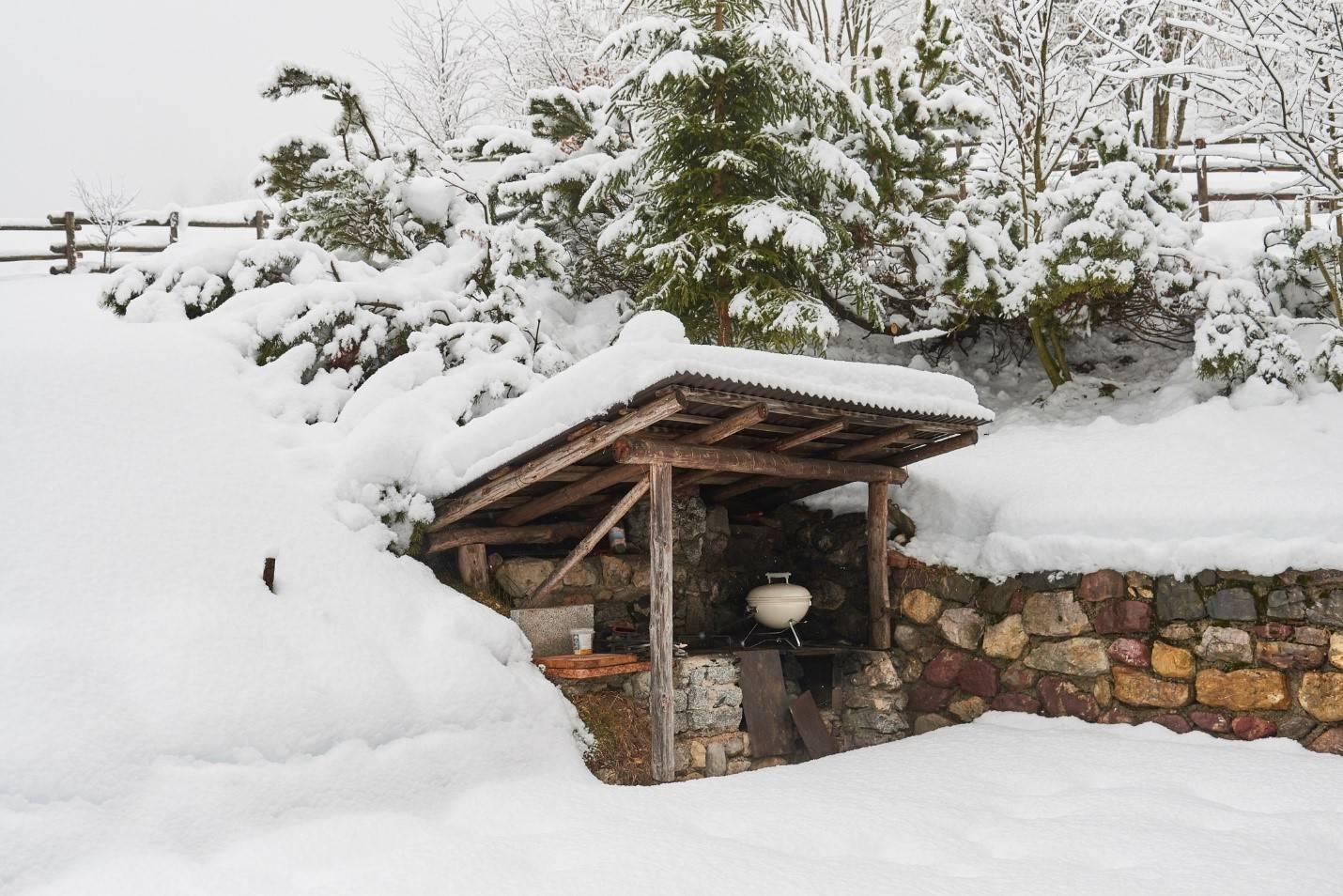
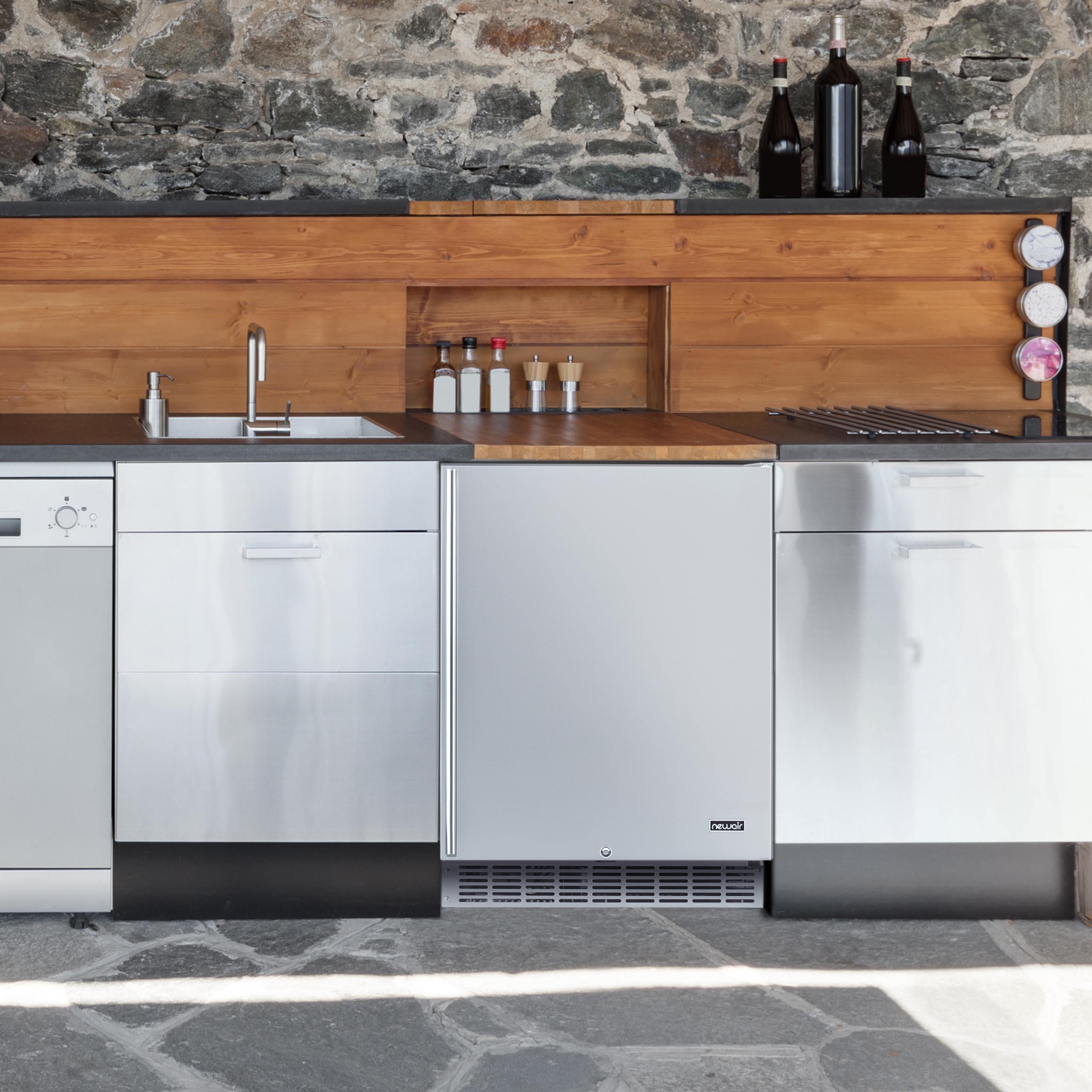
0 comments